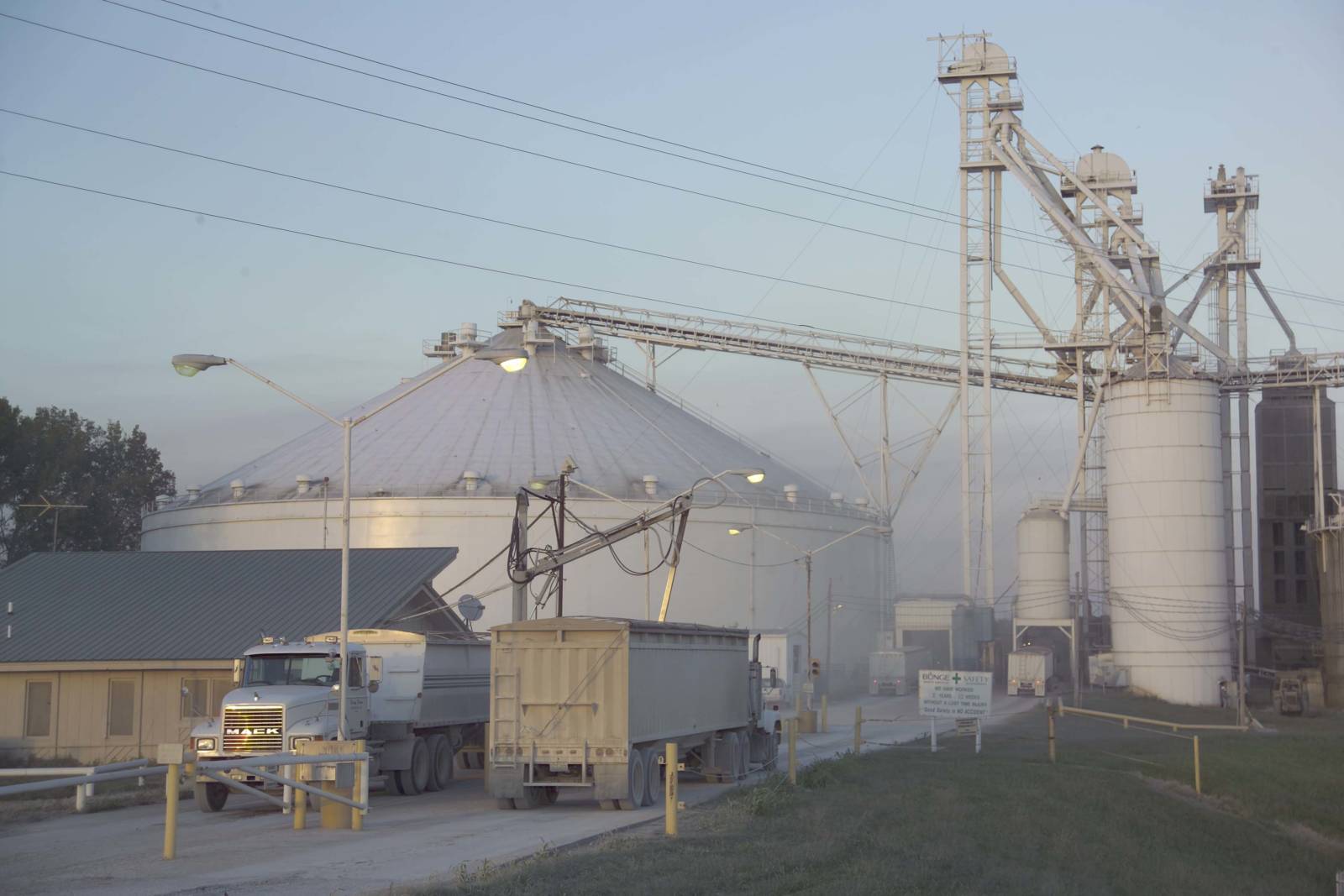Measurement delivers more value for U.S. soy
Shedding more light on a subject often reveals greater detail. When using near-infrared (NIR) technology to evaluate soybean composition, that is exactly what happens.
Elevators, crushers and end users can find opportunities to recover more value when they know exactly what is in soybeans or soybean meal through information provided by NIR technology.
“NIR is a form of molecular spectroscopy,” says Art Killam, Research Plot Coordinator at the University of Minnesota. “NIR instruments shine specific wavelengths of light – most longer than visible red light – on samples. The instruments measure the amount of light absorbed, which is proportional to concentration. The measurement results provide information to grow, trade and process soybeans to best meet end-user needs.”
“NIR can improve the ability to recognize the value of each lot of soybeans or meal so the attributes can be fully used,” says Paul Smolen, principal for Agri Networks Management. His experience centers on helping commodity supply chain members capture value.
Based on their experience with NIR, Killam and Smolen believe investments in measurement and composition information can benefit the soybean supply chain.
- Elevators can use NIR to identify characteristics and store incoming soybeans based on content thresholds, allowing them to let crushers plan for expected yields.
- During crushing, NIR technology can be linked to plant controls, allowing for minor adjustments in how components are added and managed to create a more consistent product.
- End users value consistency to ensure they take full advantage of product components. Frequent NIR measurements can ensure consistent rations for livestock feed or confirm oil component content for storage stability.
“For example, animal feeders need to make reliable predictions of nutritional composition to manage profitability,” Smolen says. “Being too conservative wastes nutrients and raises feed costs. Being too aggressive risks poor animal performance.
He believes consistency is a key benefit of NIR measurement in the supply chain.
“NIR has great potential as a process management tool for soybean crushers and feed mixers,” Smolen continues. “Inline NIR can help make real-time decisions in plant operations as product is flowing. Customers generally prefer suppliers who deliver products with more consistent quality.”
Measurement brings transparency that allows processes to be examined at each point in the supply chain to find areas for ongoing improvement. A reliable, defined product supply for the next link in the supply chain ultimately could increase soybean value.
